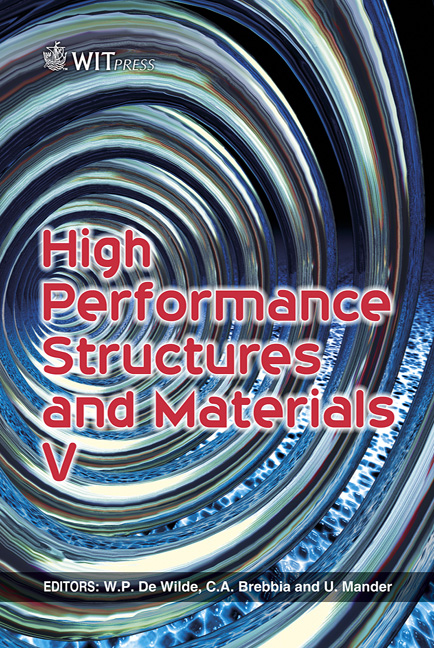Finite Element Analysis Of Plasticity-induced Fatigue Crack Closure Using Contact Elements
Price
Free (open access)
Transaction
Volume
112
Pages
12
Page Range
557 - 568
Published
2010
Size
432 kb
Paper DOI
10.2495/HPSM100511
Copyright
WIT Press
Author(s)
M. G. Gökçen & V. Kalenderoğlu
Abstract
To predict crack opening stresses, contact elements are incorporated into the elastic-plastic finite element analysis of fatigue crack closure. A code using ANSYS Parametric Design Language (APDL) is developed. In spite of the fact that the use of contact elements in modelling crack surface contact and crack closure is inherently natural, efforts to incorporate them in the finite element analysis of crack closure are not widespread. The traditional method of modelling crack closure is based on placing truss elements at the crack surface nodes. In the present research, contact elements are used to model crack surface contact. While the load is applied incrementally, crack opening stress is determined by monitoring the state of the contact elements. The results of two-dimensional plane strain finite element analyses are in good agreement with previous work reported in the literature. Instead of finding crack opening stress at every load cycle, an algorithm to find crack opening stress at predetermined load cycle intervals is developed. With the developed algorithm it was possible to analyze crack closure behaviour during a larger number of load cycles with less execution time. The algorithm that is implemented is parametrically analysed. The effect of load increment is investigated. Since crack opening stress is not evaluated at every cycle, the effect of how often opening stresses are determined is another issue that is investigated. As a result of the simulation with a relatively high number of cycles, it was possible to observe the final stabilization in the crack opening stress values that follows a decay after the initial plateau. Keywords: fatigue crack closure, plasticity induced closure, finite element analysis, contact elements.
Keywords
fatigue crack closure, plasticity induced closure, finite element analysis, contact elements





